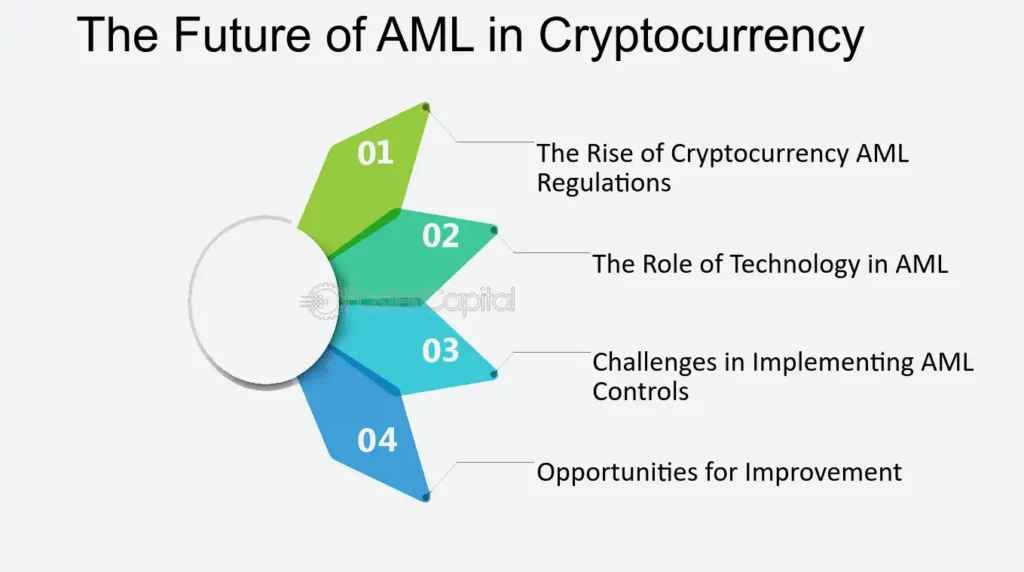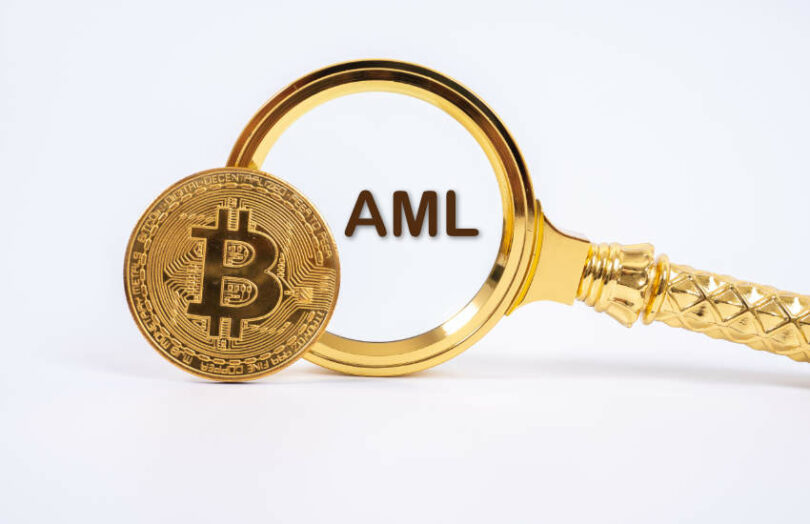Crypto and digital assets have transformed finance at lightning speed. What started as a niche experiment is now a trillion-dollar industry — one that regulators, innovators, and criminals are all watching closely.
But here’s the tension: crypto’s biggest strength — its borderless, decentralized nature — is also its biggest weakness. Without the right safeguards, it can become the perfect tool for laundering money at a scale the world has never seen.
That’s why AML in crypto isn’t just about compliance. It’s about survival. For businesses. For investors. For the industry itself.
Why Crypto Needs Stronger AML
Crypto transactions don’t work like traditional finance. That makes them harder — and riskier — to regulate:
Pseudonymity → Wallets replace names, hiding who’s really behind a transfer.
Lightning-fast speed → Funds can vanish across borders in seconds.
New products → NFTs, stablecoins, and DeFi create fresh, untested laundering channels.
Jurisdiction gaps → A single transaction might touch multiple countries, none fully in charge.
If this sounds like a recipe for trouble, that’s because it is. Regulators know it — and they’re moving fast.
How Regulations Are Shifting
We’re already seeing the rules tighten:
FATF Travel Rule → Crypto firms must now collect and share sender/receiver data, just like banks.
U.S. & EU Crackdowns → The U.S. is layering crypto into FinCEN, SEC, and CFTC oversight, while Europe’s MiCA law is creating one of the toughest AML frameworks in the world.
Licensing & Registration → Exchanges, wallet providers, and even DeFi protocols are increasingly expected to register as VASPs (Virtual Asset Service Providers).
The message is clear: crypto is no longer a loophole.
Technology Will Lead the Fight
Old-school AML tools don’t work in a world where billions move on-chain every day. The future belongs to tech:
Blockchain analytics trace even complex laundering routes across wallets and mixers.
AI-powered monitoring spots unusual activity in real time.
DeFi compliance tools are embedding controls directly into smart contracts.
The arms race has begun criminals innovate, but compliance technology is learning to outpace them

The Road Ahead: What AML in Crypto Will Look Like
The next decade could reshape compliance in ways we’ve never seen:
Global, real-time monitoring of suspicious activity across blockchains.
Cross-border cooperation making it harder to “jurisdiction shop” for weak laws.
Built-in DeFi compliance → Smart contracts programmed with AML checks.
AI-driven wallet risk scoring replacing blunt thresholds with nuanced, behavior-based insights.
Regulated NFTs & metaverse assets → Expanding AML into digital art, in-game tokens, and virtual property.
Privacy-preserving identity → Zero-knowledge proofs allowing verification without full exposure of user data.
RegTech + Crypto convergence → Banks and institutions demanding enterprise-grade AML before fully embracing crypto.
It’s not a question of if this will happen. It’s only a question of how fast.
The Hidden Opportunity
Yes, AML rules can feel heavy. But here’s the twist: stronger AML might be the very thing that helps crypto truly go mainstream.
Institutional money flows in once compliance risk is under control.
Regulators trust the system more, granting licenses faster.
Everyday users feel safer investing without fear of scams and fraud.
The industry earns legitimacy by showing it can innovate responsibly.
In other words: compliance could be crypto’s biggest growth hack.
Looking Beyond
The future of AML in crypto is a balancing act. On one side: innovation, privacy, and decentralization. On the other: regulation, trust, and accountability.
Handled poorly, crypto risks endless crackdowns, reputational damage, and stalled adoption.
Handled well, it becomes the backbone of a new, safer, more inclusive financial system.
AML isn’t the enemy of crypto’s future. It’s the bridge that will get it there.











